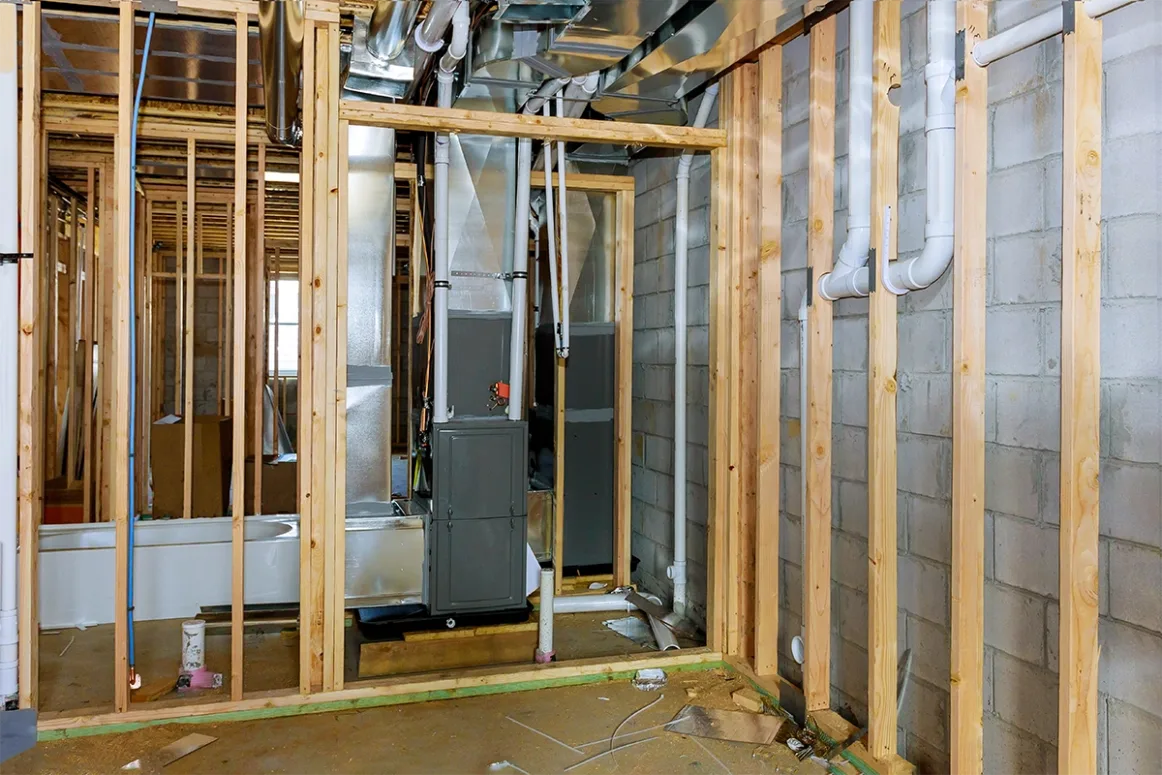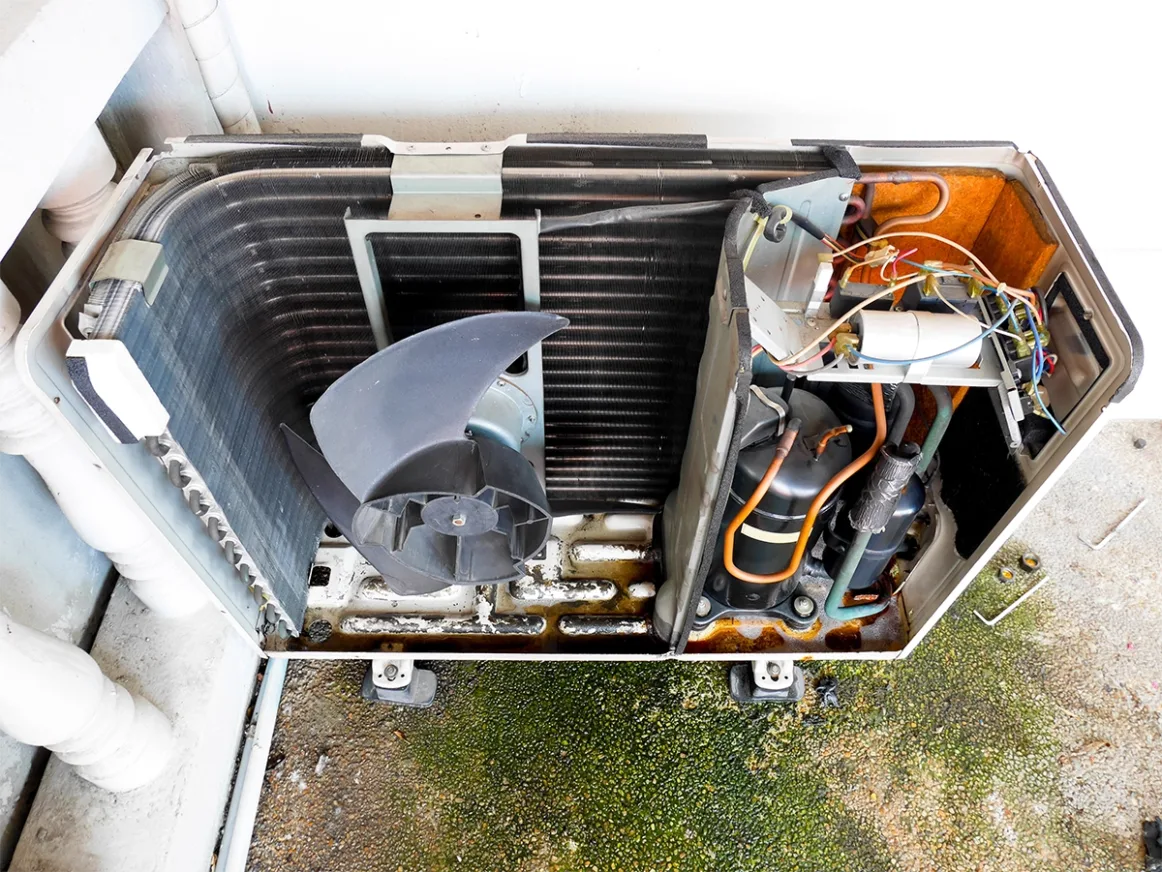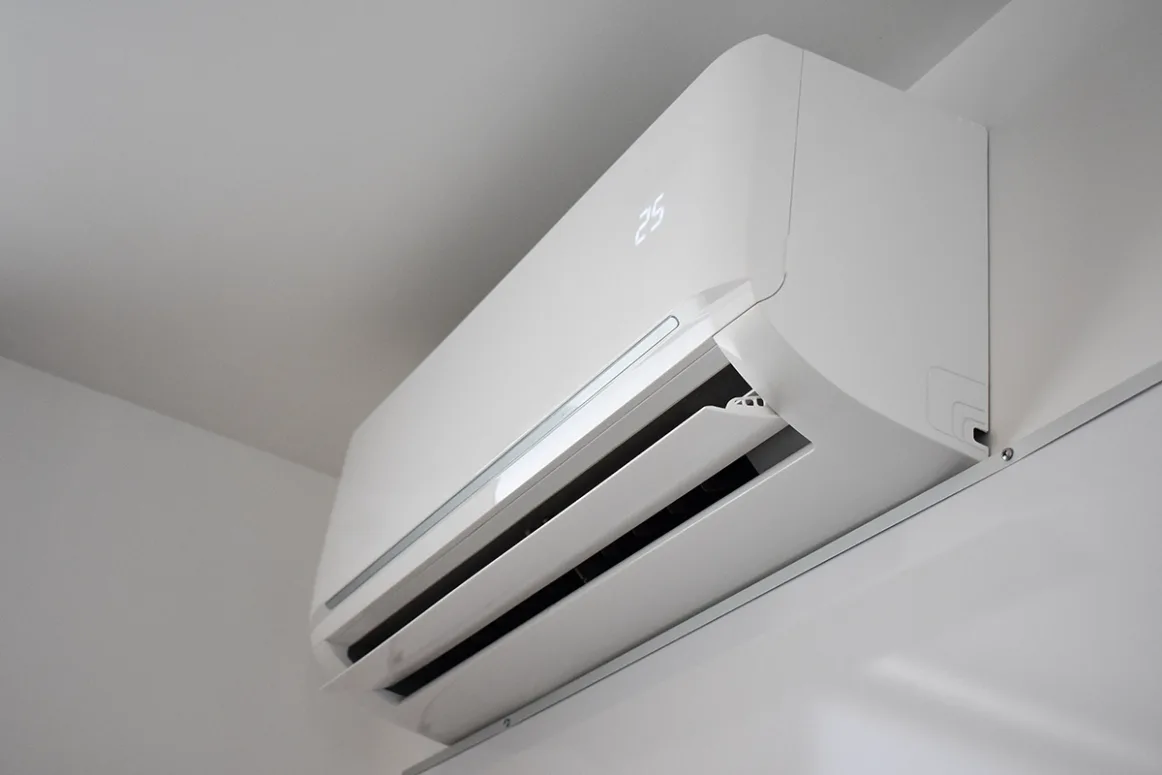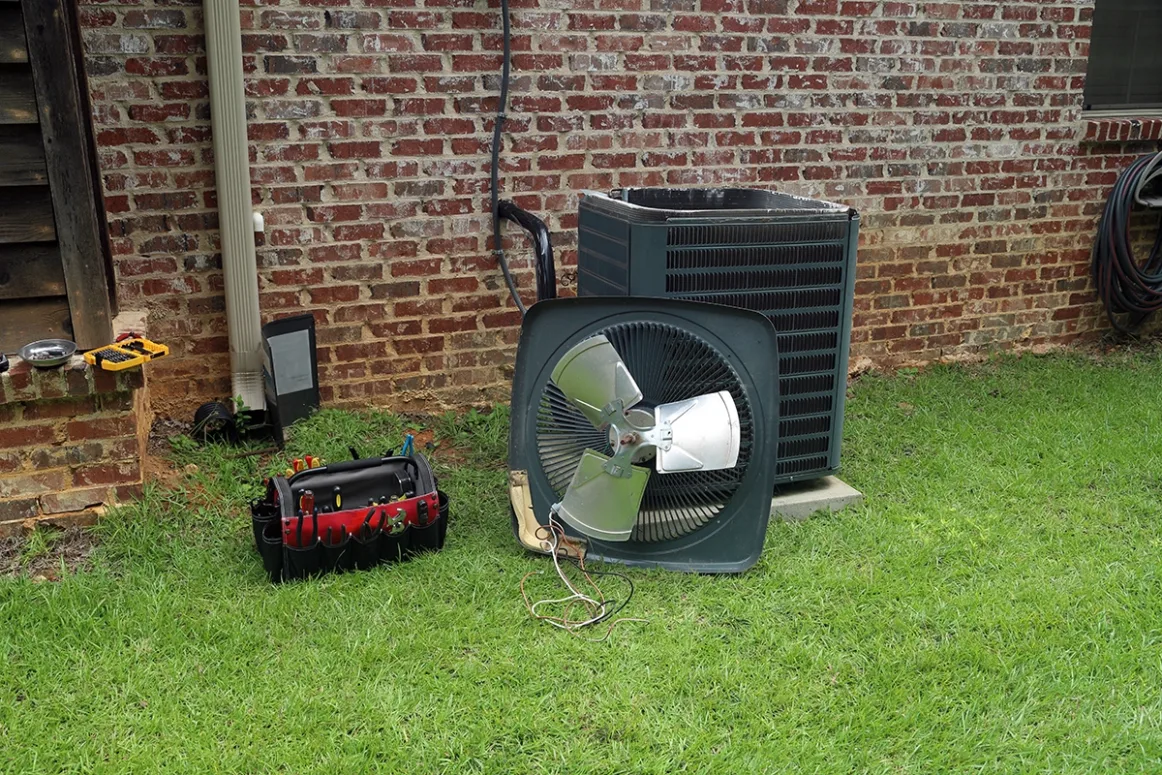
Heat Exchanger HVAC: The Heart of Your HVAC System
As far as ensuring that your home remains comfortable throughout the seasons, the heat exchanger is probably the most critical equipment in your HVAC system. If you want to move heat throughout your system, warm your home in cold months, or cool it on a hot summer day, this component helps the unit achieve this. In this article, we will look at what a heat exchanger is, how it functions, what types are available, and what maintenance entails. This will ensure you can use and understand the various heat exchangers to improve your HVAC system.
What Is a Heat Exchanger?
A heat exchanger transfers heat from one medium to another without mixing the two substances. It plays a crucial role in the heating and cooling processes within the system. For instance, heating transfers warmth from the combusting gases to the air circulating in your home, while cooling removes heat from your indoor air, expelling it outside.
Think of a heat exchanger as a principal device in an HVAC system’s operational process of temperature management. This device moves heat from one place to another without combining the two mediums, enabling the HVAC equipment to maintain healthy environmental conditions indoors.
Operational Principles/Systems of a Heat Exchanger in HVAC
Of course, the heat exchanger operation appears complicated, but there is just simple logic to it: there is a need to space the two mediums (fluids) so that they do not mix but rather exchange their heat. Let’s now unravel how it operates when it alternates between a heating and cooling coil:
- Heating Mode: When your furnace lights, the fuel, such as natural gas or oil, is burnt in the combustion chamber to produce hot gases. Those heated gases traverse the space within the heat exchanger, which absorbs the heat. When air from the house’s ducts is blown over the outer sides of that metallic heat exchanger, it picks up the heat from the metal and circulates the warm air throughout your home.
- Cooling Mode: When cooling the home, the process is reversed. The refrigerant within the evaporator coil extracts heat from the room air and carries it to the heat exchanger. Heat is moved outside from the unit, and the cooled refrigerant returns to the home.
The heat exchanger’s capability to separate the two mediums while maintaining thermal transfer without any form of contact makes it possible to accommodate fluctuations in the room temperature.
Types of Heat Exchangers Used in HVAC Systems
There are several types of heat exchangers based on their arrangement and shape. Each type has its specific operational use in the HVAC system. Among those types are;
Air-to-Air Heat Exchanger
- This heat exchanger transfers heat between two air streams. It is frequently installed in ventilation units to seize heat from exhaust air and transfer it to the incoming fresh air, improving overall energy efficiency.
- Benefits: Favorable to enhance indoor air quality and reduce the need for energy consumption in buildings, particularly homes and offices.
Plate Heat Exchanger
- Plate heat exchangers comprise several thin surfaces stacked closely together. Heat is transferred through these surfaces, and the design permits efficient heat transfer in a small volume.
- Applications: These are commonly used where such a large area is required for heat transfer on the industrial scale or in high-performance HVAC systems.
Shell-and-Tube Heat Exchanger
- This type of heat exchanger has an arrangement of tubes enclosed in a larger shell. One fluid is transported through the tubes, and another flows around the tubes in the shell. Heat transfer occurs between the two fluids.
- Ideal use cases: This design is robust and generally used in large HVAC systems, especially when durability and efficiency are necessary, such as in commercial or industrial settings.
Understanding the different types helps you differentiate and select the one that best suits the HVAC system’s needs in terms of efficiency, cost efficiency, and space.
Why The Heat Exchangers Matter
- Energy Conservation: Since heat exchangers move quickly, the amount of energy required by an HVAC system to keep its temperature stagnant is reduced. This is beneficial, as it lowers energy bills and carbon footprint.
- Comfort: Proper heat transfer ensures you remain comfortable indoors despite the weather outside.
- System Longevity: Timely maintenance of a heat exchanger keeps your HVAC system working as hard as it needs to, minimizing strain on its parts and prolonging time before replacement.
To sum up, the heat exchanger’s efficient energy use concept facilitates home comfort and reduces operating costs and the system’s environmental footprint.
Common Issues with Heat Exchangers
Like any other HVAC component, the heat exchangers are prone to developing faults. Among the most notable are:
- Corrosion: Moisture and combustion gases can slowly deteriorate the metal in the heat exchanger, allowing dangerous gases to leak acutely.
- Fractures or Leaks: A broken heat exchanger is prone to leaking carbon monoxide, a toxic gas. Hence, regular checks are vital for timely detection and solving such problems.
- Blockages: The heat exchanger can also accumulate dust or soot, limiting the average free flow of air within it and reducing heat transfer.
Failure to address these issues can reduce the efficiency of the HVAC system and cause health hazards. Preventive measures must be taken to detect such problems at their inception before they transform into something worse.
Maintenance for Your Heat Exchangers
If your heat exchanger and the entire ventilation system are running smoothly, Follow these steps:
- Periodic Cleaning: The internal surfaces of the heat exchanger should be cleaned frequently to prevent any obstruction to the airflow. A professional cleaning at least once a year is recommended.
- Assess the Condition of Parts For Any Wear: Remain cautious and check the heat exchanger for rust, cracks, and corrosion. If these problems are resolved early, much more expensive fixes can be mitigated.
- Periodic Professional Inspections: A qualified HVAC technician may perform an additional base check and maintenance service for the heat exchanger.
With these routine measures, you will not be caught off-guard by sudden faults, and it can also prolong the life span of your HVAC system.
When to Replace
Upkeep is also an excellent way to help your heat exchanger last longer, but as expected, its wear and tear cannot be avoided. Here’s when you might need to consider replacing:
- Age of the HVAC System: If your system has been around for more than 15 years, some parts, especially the heat exchanger, are probably on their last leg of operation.
- Nuisance Repairs: If you constantly repair the heat exchanger, it may be reasonably cheaper just to change it and not keep calling an HVAC service for repair after repair.
- Visible Damage: There could be large cracks or corrosion, and if so, it is advisable to remove the heat exchanger to eliminate any possible leaks and guarantee safety.
We can ensure that your replacement is of high quality and installed correctly. Your heating, ventilation, and air conditioning system will serve you for a long time, most efficiently and safely.
In Short
Heat exchangers are essential equipment used in a home’s HVAC system; now that we understand how they work, the various types of maintenance and timely replacement improve your HVAC system’s performance and ensure a safer and more comfortable indoor environment. Call us at Russell Heating and Air, and we’ll be happy to assist you in ensuring your HVAC system runs efficiently for your home.
A quick overview of the topics covered in this article.
Latest articles
July 10, 2025
July 10, 2025






